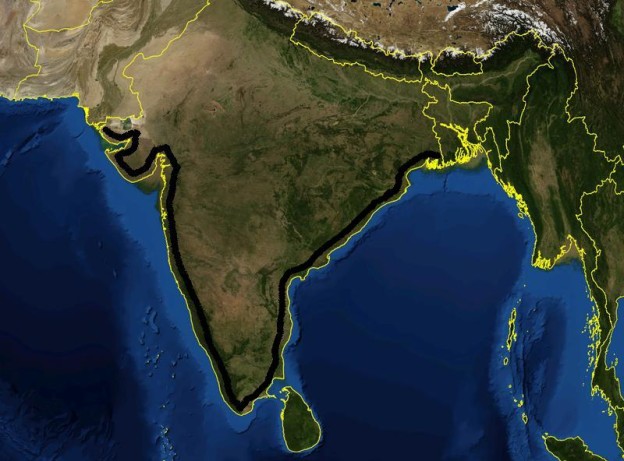While the mosquito borne virus, Zika, has captured the attention of most of the world as it spreads through the Americas and Southeast Asia, India is grappling with a different mosquito borne virus transmitted by the same mosquito vector, Aedes spp.

In India’s capital city, Delhi, with a population in the metro area of well over 20 million people, a virus first detected in Africa 65 years ago has grabbed the attention and fears of this group of people–chikungunya.
The city has reported in excess of 1,700 chikungunya cases, including 15 deaths in recent weeks (although one report says the Delhi government is denying the fatalities…“Deaths due to chikungunya: nil.”)
This does not include the 1,100 dengue fever cases and 18 deaths also being reported in the city, prompting the government to appeal to the public not to panic.
And this is just in Delhi. Across the country, these two virus are taking their toll in a number of regions.
With the surge of these diseases in Delhi, the Department of Health has already dedicated an additional 1000 beds for fever patients in three major hospitals (Rajiv Gandhi Super Specialty Hospital, Janakpuri Super Speciality Hospital, Deep Chand Bandhu Hospital) which have been designated as Nodal Hospitals for fever in Delhi.
In addition, the government has established dedicated 24/7 Fever Clinics in its 26 Hospitals. The treatment, lab diagnosis of dengue and Chikungunya are available free of cost in all Delhi government Health institutions, local media reports.
Chikungunya was first was first detected in 1952 in Africa following an outbreak on the Makonde Plateau. This is a border area between Mozambique and Tanzania. The virus was isolated from the serum of a febrile patient from this area. The name chikungunya is derived from the Makonde word meaning “that which bends up” in reference to the stooped posture developed as a result of the arthritic symptoms of the disease. In Swahili this means “the illness of the bended walker”.
Since its discovery in Africa, in 1952, chikungunya virus outbreaks have occurred occasionally, but recent outbreaks have spread the disease to other parts of the world. It was first reported as a locally transmitted infection in the Western hemisphere in Dec. 2013.
Chikungunya is a viral disease transmitted by the bite of infected mosquitoes such as Aedes aegypti and Aedes albopictus, the same mosquitoes that transmit dengue and Zika viruses. It can cause high fever, join and muscle pain, and headache. Chikungunya does not often result in death, but the joint pain may last for months or years and may become a cause of chronic pain and disability.
There is no specific treatment for chikungunya infection, nor any vaccine to prevent it. Pending the development of a new vaccine, the only effective means of prevention is to protect individuals against mosquito bites.
Related:
- Crimean-Congo hemorrhagic fever concerns rise with start of Muslim holiday
- Sri Lanka beats malaria: More than 3 years without indigenous case, declared malaria free
- Rabies scare from milk in Pakistan


One thought on “Chikungunya and dengue in Delhi”